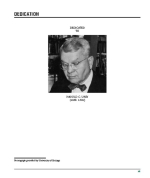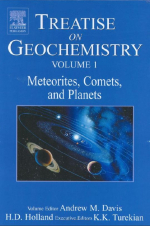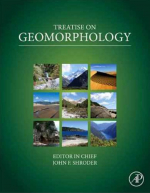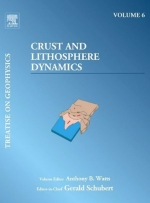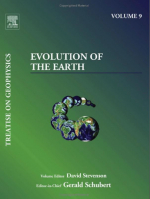It has been known since the pioneering work of Joseph Barrell during the early part of the last century that the outermost layers of the Earth comprise a strong upper layer, the lithosphere, which overlies a weak lower layer, the asthenosphere. Barrell (1914a) argued that because river deltas such as the Niger and Nile lack a flanking topographic depression, they must be supported by the strength of the lithosphere. He used (Barrell, 1914b) Pratt isostatic gravity anomalies over North America as a proxy for the magnitude of the stress differences that could be supported by the lithosphere and showed, using the equations of Darwin (1882), that stresses increase and then decrease with depth, passing by transition into the weak underlying asthenosphere. Today, we distinguish the lithosphere from the asthenosphere not only on the basis of its strength, but its physical properties such as temperature, density, and seismic velocity structure. The lithosphere, for example, is generally associated with cooler temperatures, higher average densities, and higher average S-wave velocities than the asthenosphere. Plate tectonics is based on the assumption that the lithosphere is rigid on long timescales and is moving across the surface of the Earth with the plates. The positive density contrast between the lithosphere and the asthenosphere suggests, however, that the rigid layer may be gravitationally unstable. Indeed, oceanic lithosphere – after it is created at a mid-oceanic ridge – cools, subsides, and sinks into the underlying asthenosphere, for example, at a deep-sea trench–outer-rise system.Continental lithosphere may also be unstable. In rifts (e.g., East Africa) the lithosphere is regionally heated, thinned, and uplifted and only subsides locally below sea level. In collisional systems (e.g., Himalaya, Betics), however, continental lithosphere is thickened (Molnar et al., 1998) or is infiltrated by fluids released during metamorphic reactions (Le Pichon et al., 1997). Both processes may cause dense rocks of the lower crust to enter the eclogite stability field. As a result, the lower crust becomes denser than the underlying mantle, detaches, and, as at trenches, may sink into the underlying asthenosphere. Isostatic considerations, however, suggest that the crust – which comprises the uppermost part of the lithosphere – is buoyant and is in a state of flotation on the underlying mantle. Furthermore, flexure studies suggest that when it is subject to long-term geological loads such as volcanoes and sediment, the lithosphere, rather than behaving as a number of independent floating blocks, as local models of isostasy such as Airy and Pratt predict, responds by bending – in a similar manner as would an elastic plate that overlies an inviscid fluid substrate.


